Incredible ancient ruins in the USA you probably didn't know existed
Remains of the days
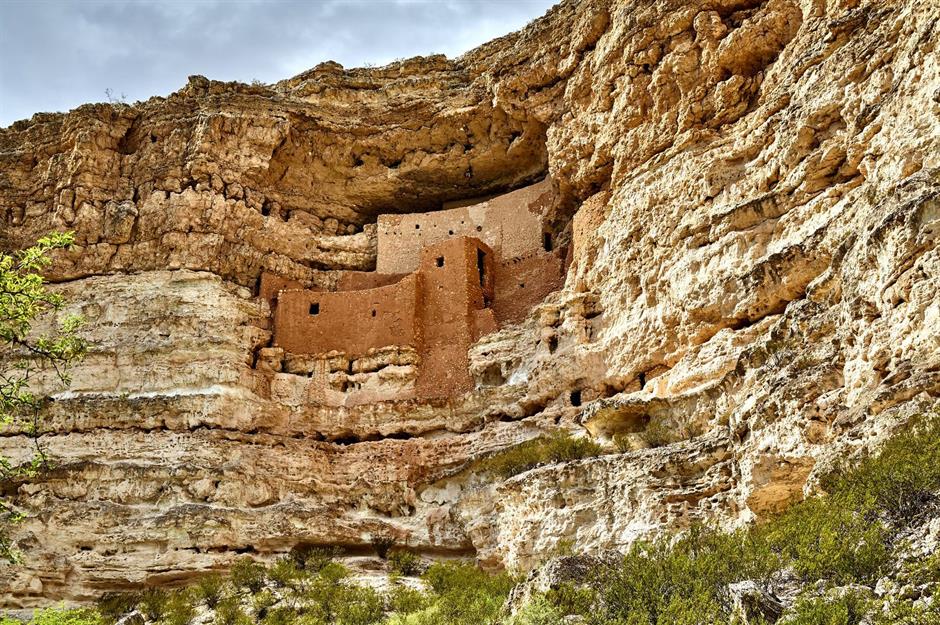
Some countries are renowned for their archaeology and remnants of ancient civilisations. The US doesn’t tend to be one of them – but perhaps it should be. While city architecture rarely goes back earlier than the 19th century, head off the beaten path and you'll find wall paintings, rock carvings and impeccably preserved pre-Columbian dwellings, and every state has tucked-away windows on the past.
Click through this gallery to learn about the most amazing archaeological sites in the USA...
Lapakahi State Historical Park, Waimea, Hawaii
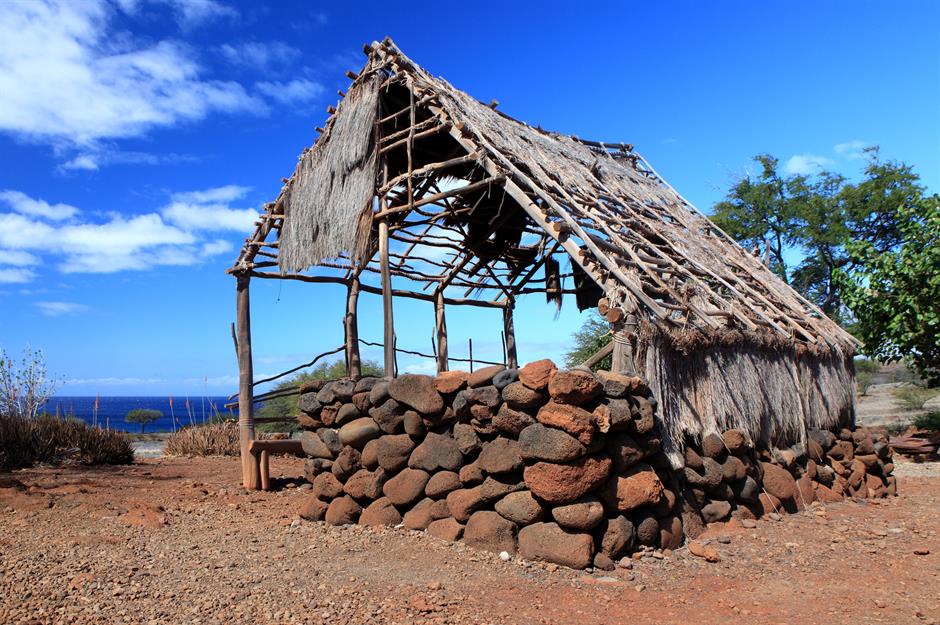
Archaeological sites are rarely more scenic than Lapakahi State Historical Park on the island of Hawaii’s North Kohala coast. The ancient fishing settlement is set against a backdrop of palm trees and shimmering blue waters and fringed by a striking beach with black and white stones.
Lapakahi State Historical Park, Waimea, Hawaii
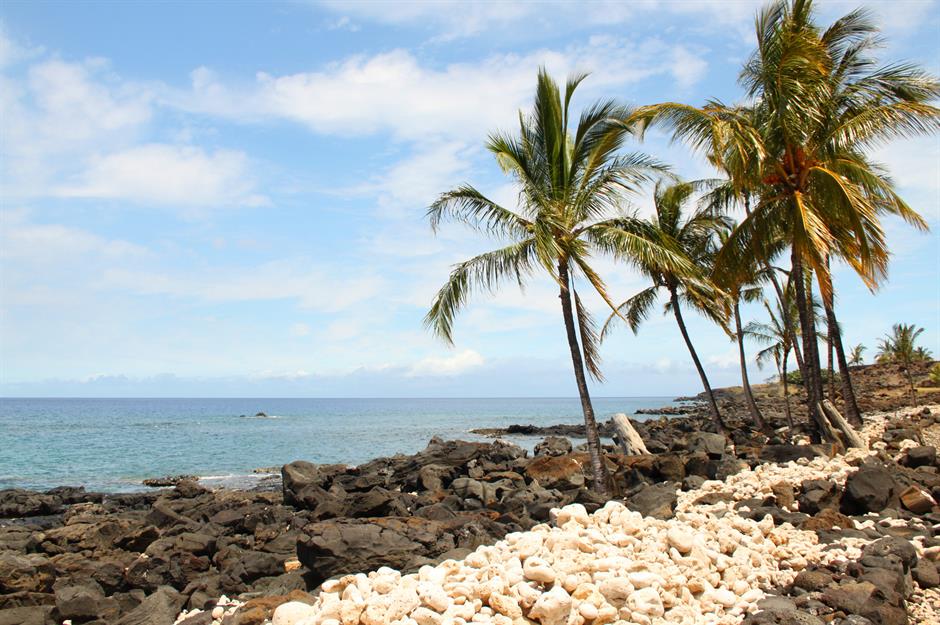
Visitors can follow a series of trails with information panels explaining the significance of structures like canoe storage houses, religious shrines and an ancient burial site. The remains have been partially restored to give a fascinating glimpse into the life of the fishing community – Koai'e – that lived here in the 1300s.
Chaco Culture National Historical Park, New Mexico
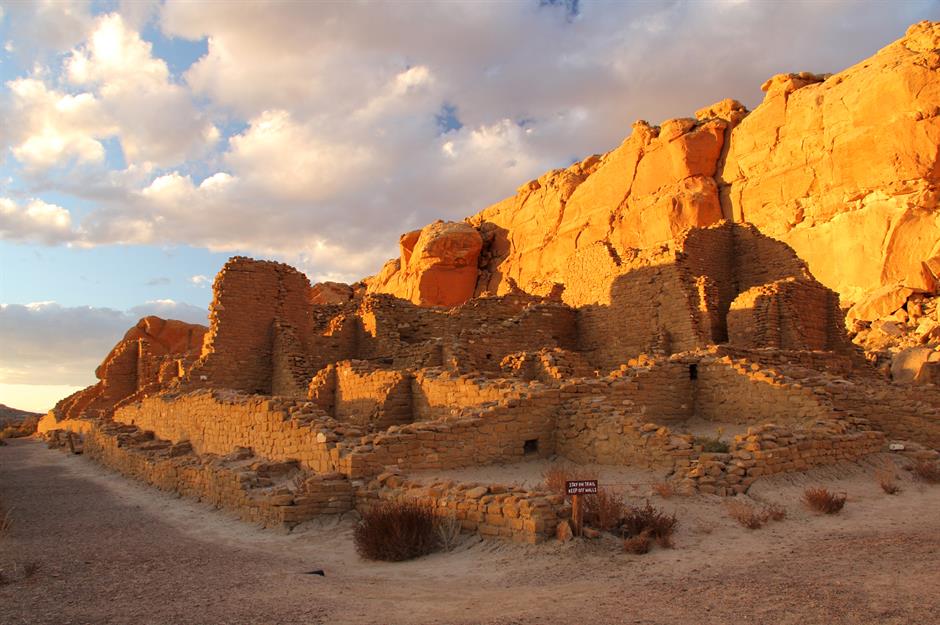
Ancestral Puebloans built what was effectively a huge trade centre in the heart of the New Mexican desert. Chaco Culture is made up of a series of huge stone buildings, constructed around AD 850, and it’s believed that the hub was used as a longtime ceremonial and administrative centre despite the arid landscape and long winters.
Chaco Culture National Historical Park, New Mexico
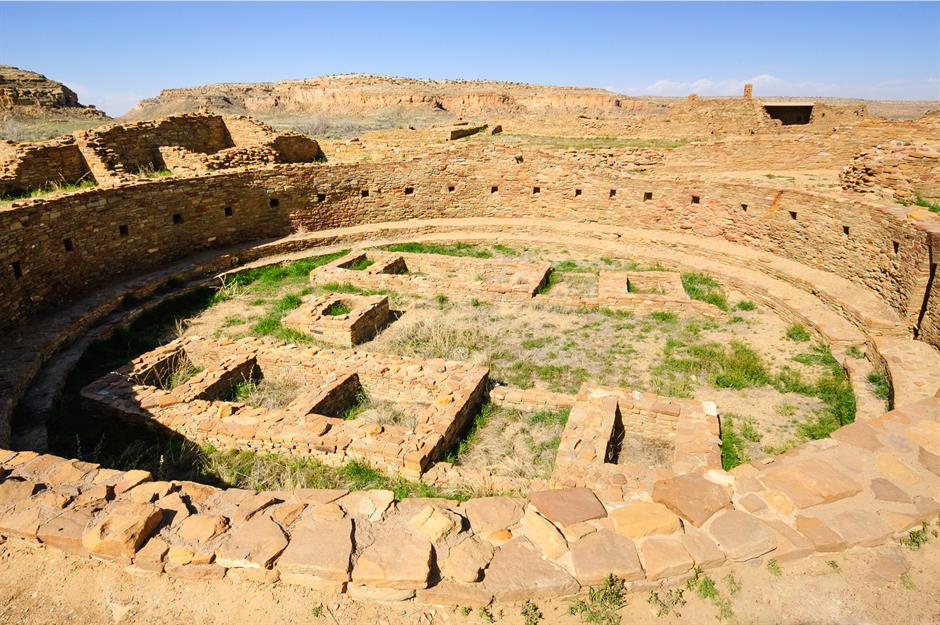
The park is located around 150 miles (241km) northwest of Albuquerque and is accessed via dirt roads. Visitors can take ranger-led tours to view the remains of the impressive multi-storey ‘great houses’ up close and learn about the spiritual significance of the surrounding mountains and mesas. A designated International Dark Sky Park, this is an atmospheric place to view the stars too.
Fossilised footprints, White Sands National Park, New Mexico
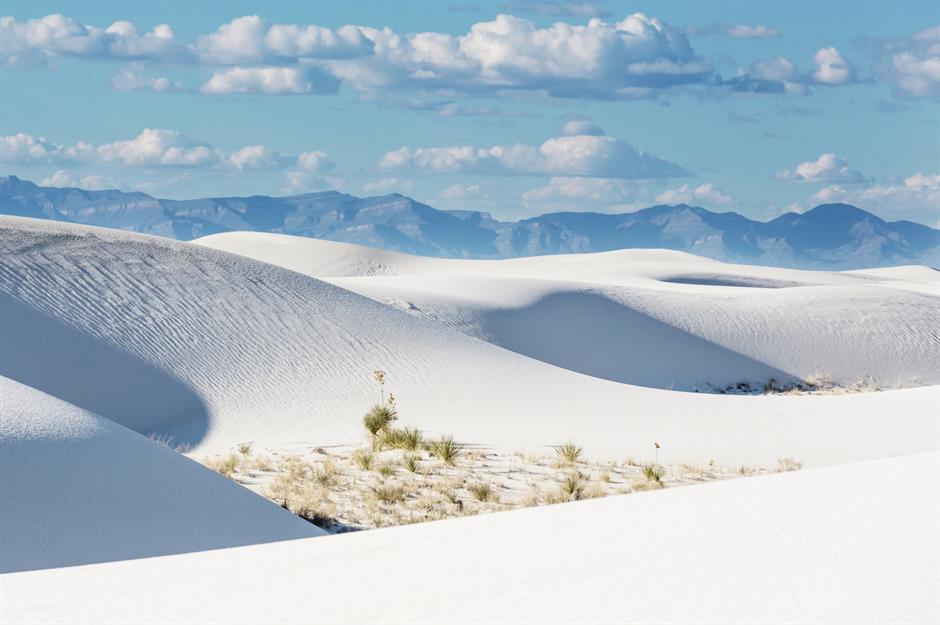
The blazingly beautiful White Sands National Park is home to many fossils and fossilised footprints, including those of mammoths and sabre-toothed cats dating back up to 30,000 years. Archaeologists made perhaps their most exciting discovery in late 2020 when they unearthed a set of human footprints around the shore of the ancient (now evaporated) Lake Otero.
Fossilised footprints, White Sands National Park, New Mexico
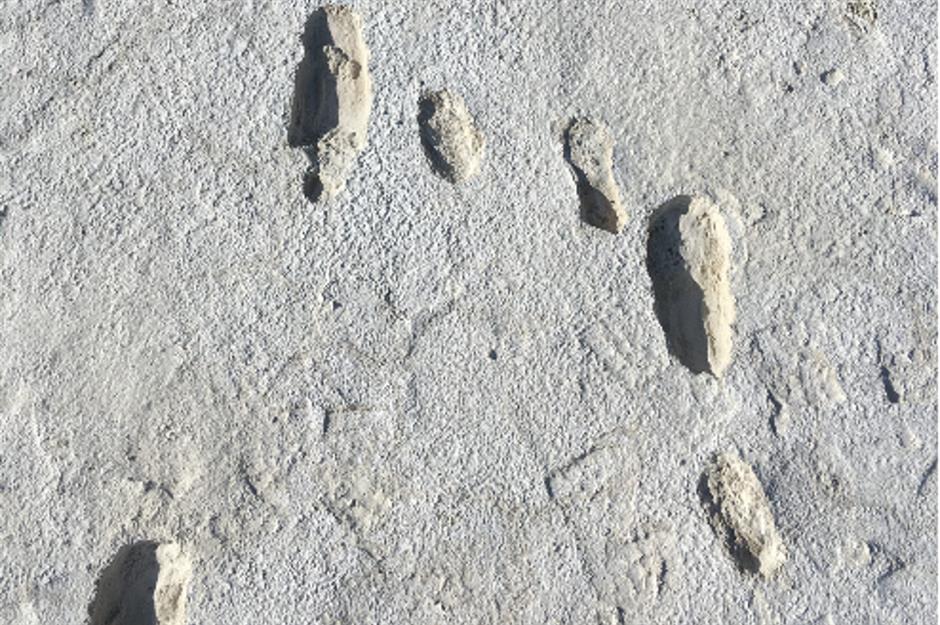
Research on the fossilised footprints (pictured) revealed them to be 21,000-23,000 years old, meaning they were here before the park’s signature gypsum dunes and are the oldest known human footprints in North America. Covering around a mile (1.6km), it’s also the longest track of fossilised human footprints ever discovered. They were made mostly by children and teenagers, including one child under three, and other prints show that these people crossed paths with mammoths and giant sloths.
Cliff Palace, Mesa Verde National Park, Colorado
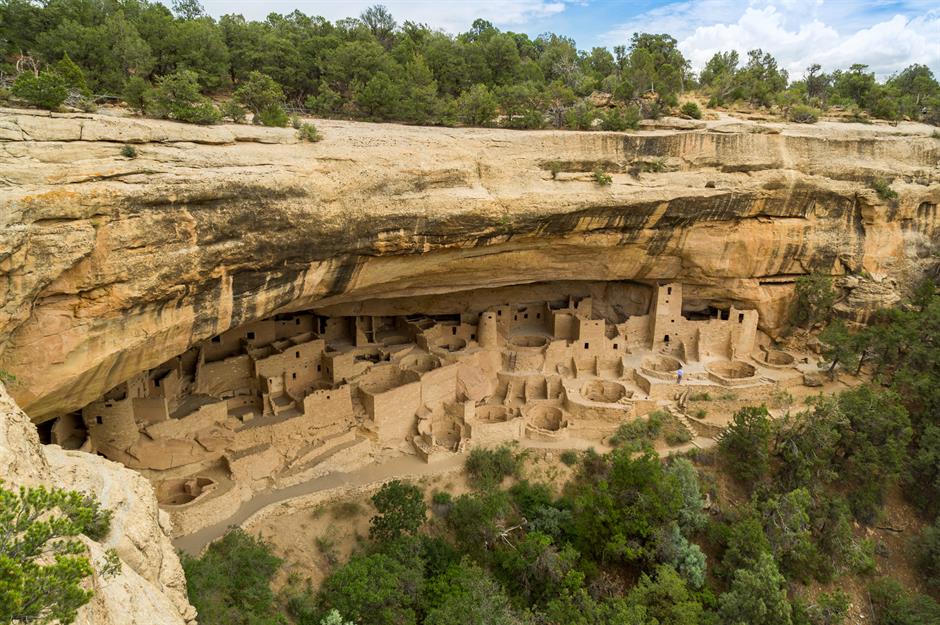
From a distance, Cliff Palace resembles a sprawling and intricate city of sandcastles. Tucked in an alcove beneath the bluffs in Mesa Verde National Park, the Ancestral Puebloan ruin is believed to have been built between AD 1190 and 1260. It’s also the largest known cliff dwelling in North America.
Love this? Follow our Facebook page for more travel inspiration
Cliff Palace, Mesa Verde National Park, Colorado
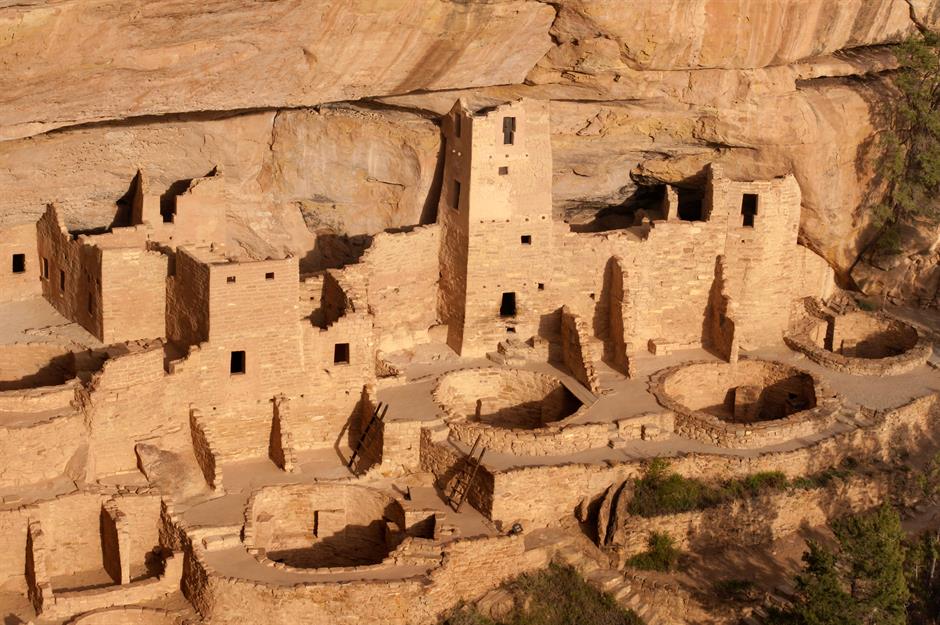
The palace’s 150 rooms and kivas – spaces used by Puebloans for religious rituals and meetings – are carved out of sandstone and supported by wooden beams and mortar. It’s incredibly well-preserved and (to keep it that way) tours are strictly conducted with park rangers and involve climbing ladders and steps.
Cahokia Mounds, Collinsville, Illinois
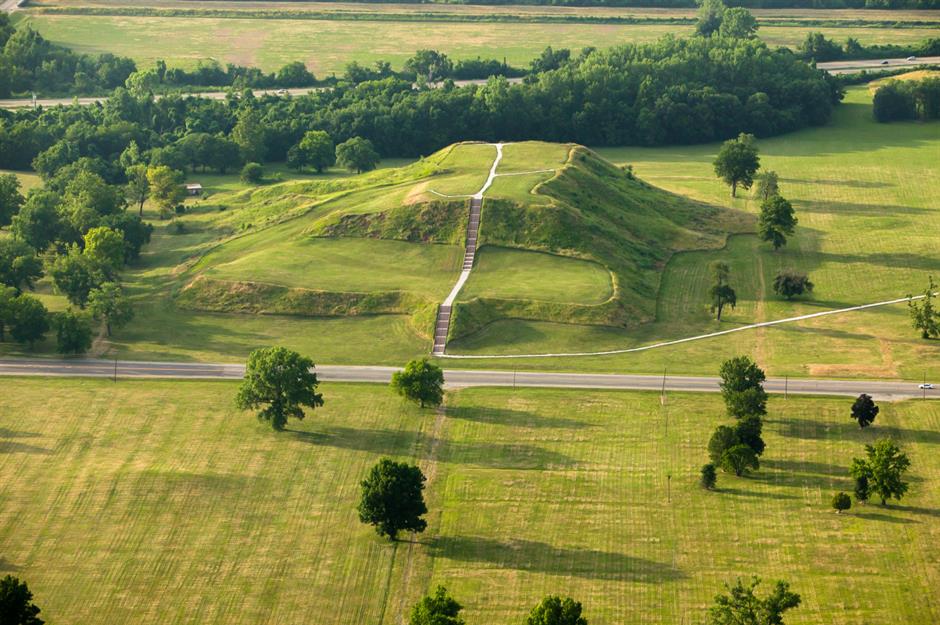
Spread across six square miles (16sq km) and with an estimated population of between 10,000 and 20,000, Cahokia was once bigger than London. Or at least, London as it was in AD 1250, which is when North America’s first known city reached its peak. The land is dotted with more than 100 earthen mounds and their origins are shrouded in mystery.
Cahokia Mounds, Collinsville, Illinois
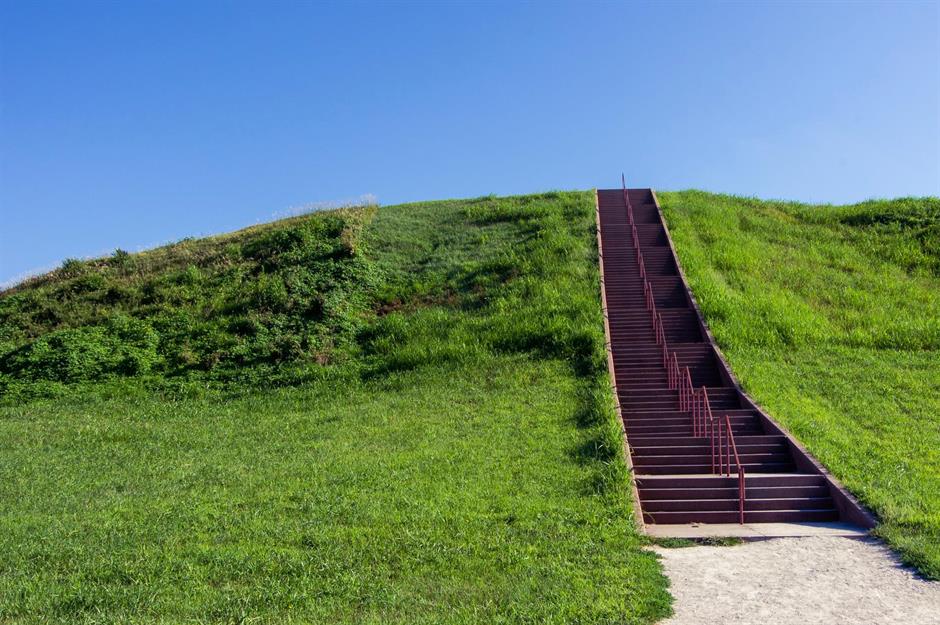
An interpretive centre and gallery reveals what is known about the site, located a few miles outside Collinsville and across the Mississippi River from St Louis. It’s thought to have been settled around AD 600, with a series of 'Woodhenges' – calendars made with red cedar posts that line up with the rising sun on certain days of the year – built by the Cahokia around AD 1100.
River House Ruin, Bluff, Utah
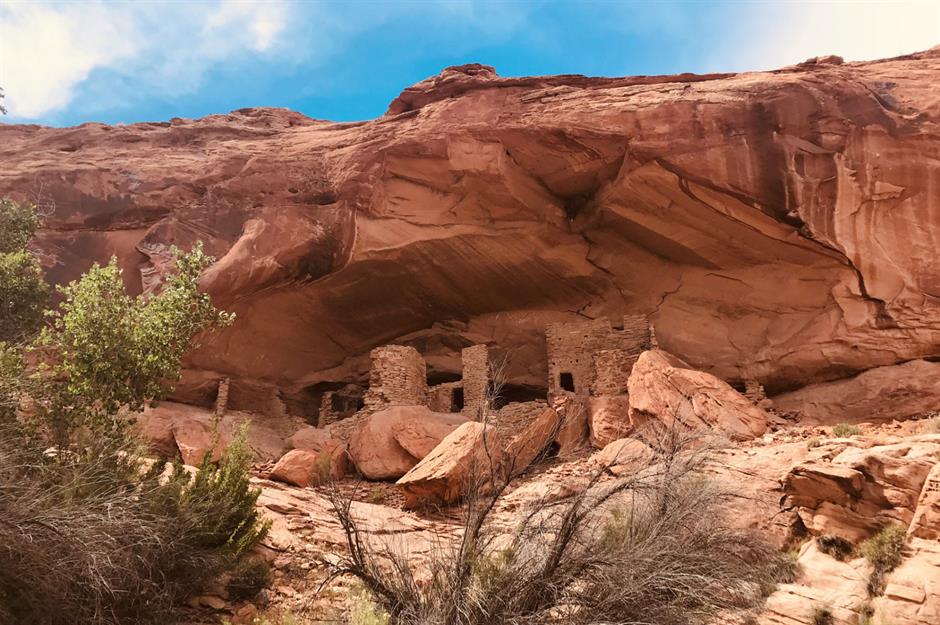
You’ll need a 4WD vehicle or a strong pair of legs to reach River House Ruin, a sandstone cliff dwelling built by Ancestral Puebloans between AD 900 and the late 1200s. The nearest town is Bluff, around 12 miles (19km) away, and it’s a five-mile (8km) hike from the highway, following a path characterised by deep sand and rocks. It’s well worth the effort, though.
River House Ruin, Bluff, Utah
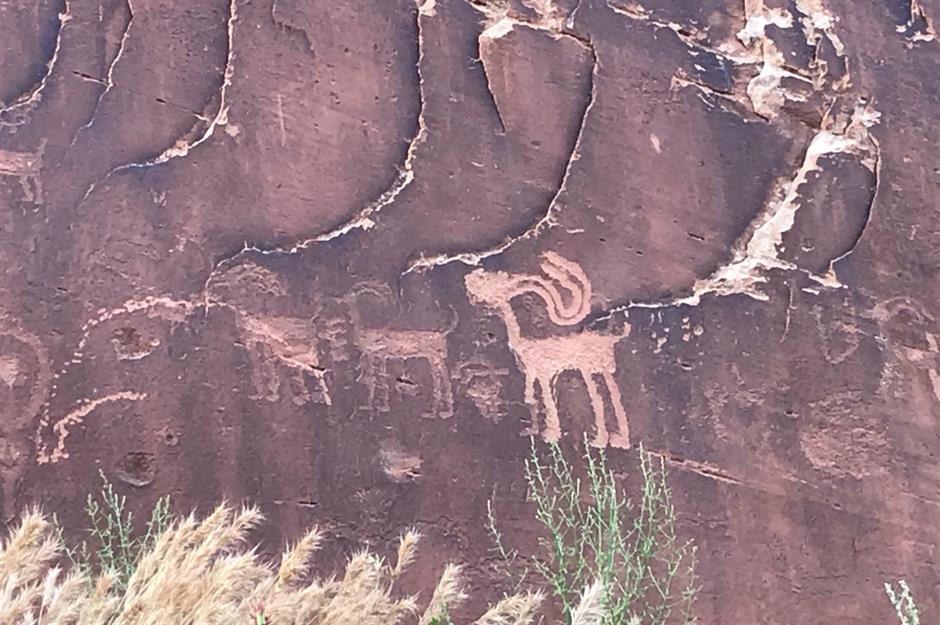
The early desert dwelling is made up of a series of well-preserved rooms, some arranged over two storeys, tucked beneath apricot-hued cliffs. A one-mile (1.6km) trail follows the base of the structure and allows visitors to peek at hundreds of petroglyphs including an image of Kokopelli, a fertility deity and trickster god depicted with a flute and feathered headdress.
Sand Island Petroglyph Panel, Bluff, Utah
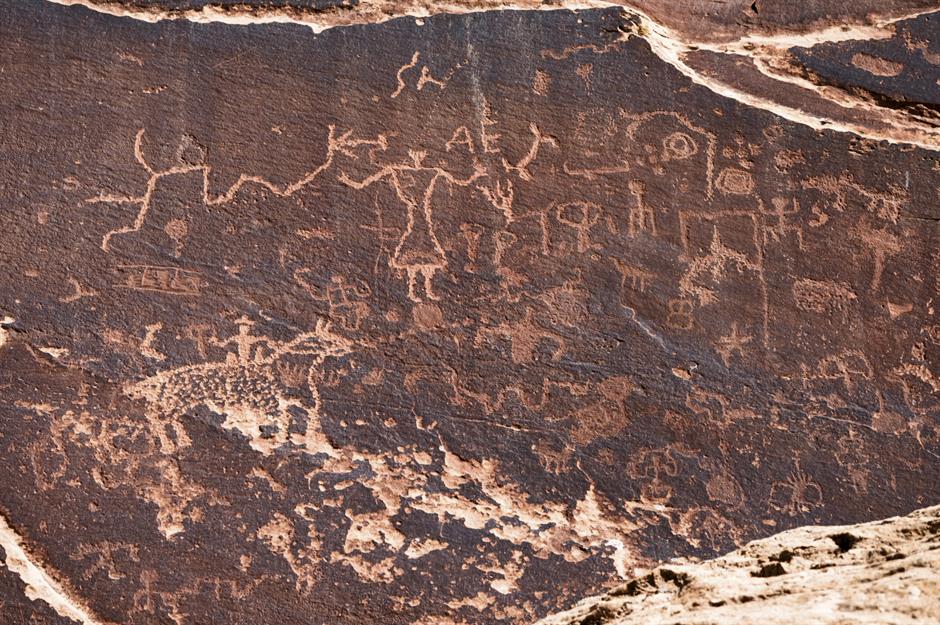
Around a 30-minute drive from River House Ruin you'll also find one of the finest surviving examples of Ancestral Puebloan wall art in Bears Ears National Monument. This petroglyph panel stretches for 300 feet (91m) and boasts rock art spanning more than 2,500 years. Images of fertility deity Kokopelli and a flute-playing bighorn sheep are marked onto the rock above clearer, more recent Ute and Navajo carvings.
Serpent Mound Historical Site, Peebles, Ohio
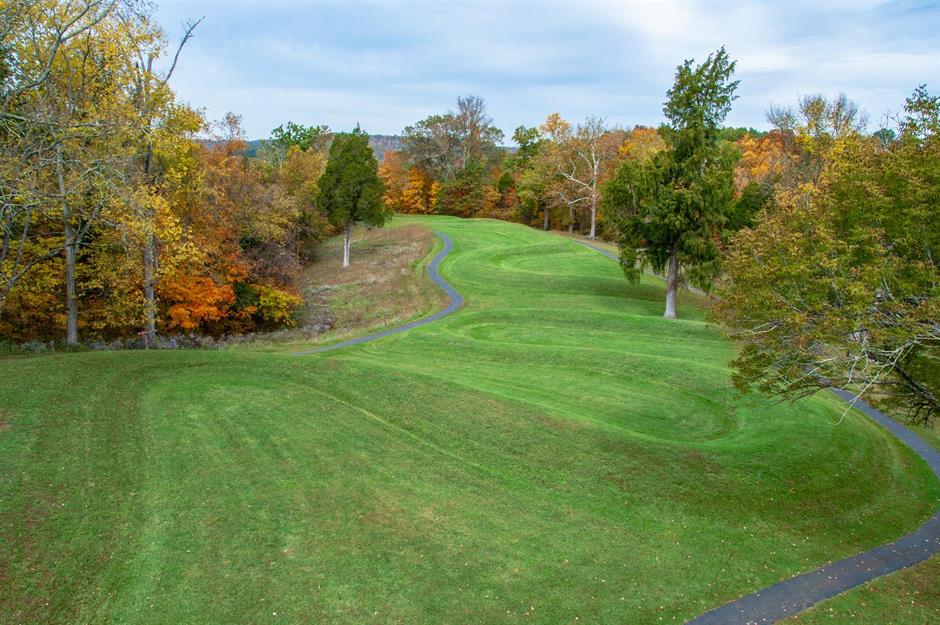
Serpent Mound Historical Site in Peebles is around 70 miles (113km) east of Cincinnati. Thankfully there isn’t a real snake slithering beneath the grass. This is actually the world’s largest serpent effigy, a mound that winds across a plateau in the shape of a snake. Known as the Great Serpent Mound, it’s more than 1,300 feet (400m) long and up to 25 feet (8m) wide, protruding from the grassy ridge by up to five feet (1.5m).
Serpent Mound Historical Site, Peebles, Ohio
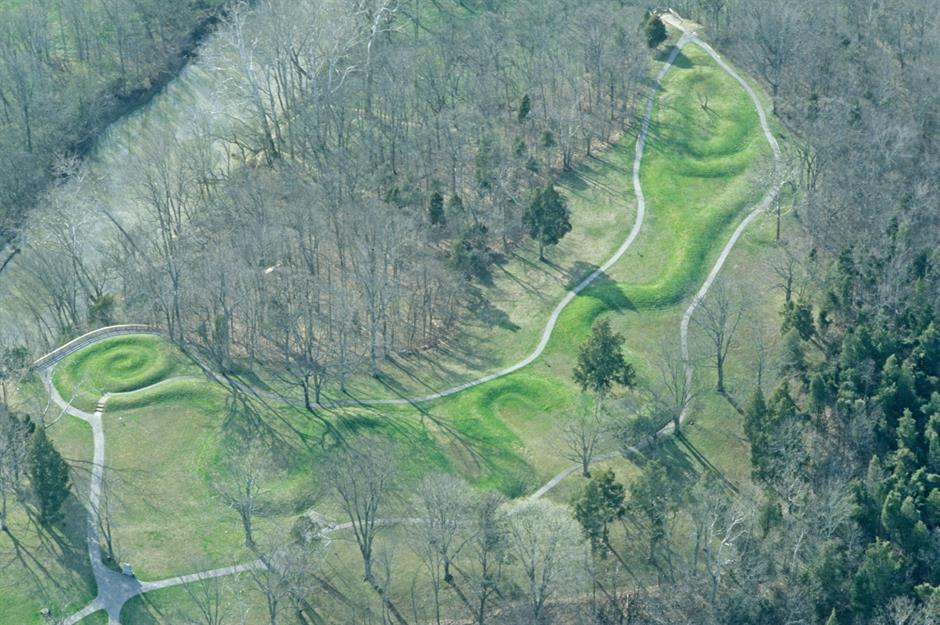
This aerial shot gives some sense of the enormity of both snake and site. It’s believed to have been constructed by Native Ohioans, though archaeologists haven’t been able to pinpoint a specific culture or date, with estimates varying wildly from 321 BC to AD 1070. There are three burial mounds nearby – two created by the Adena culture between 800 BC and AD 100 and one by the Fort Ancient culture (AD 1000-1650).
Montezuma Castle National Monument, Camp Verde, Arizona
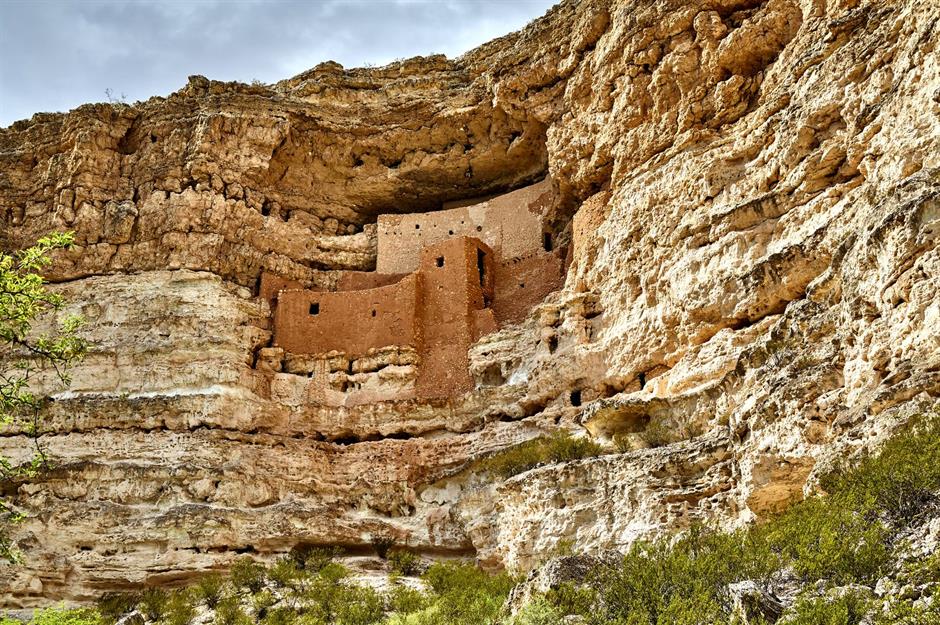
Locations don’t come much more impressive than the perch occupied by this high-rise building, tucked into limestone cliffs in the desert of Camp Verde. Montezuma Castle was built and occupied by the Sinagua people, believed to have lived here from AD 1100 to 1425, and used as an abode with 20 rooms.
Montezuma Castle National Monument, Camp Verde, Arizona
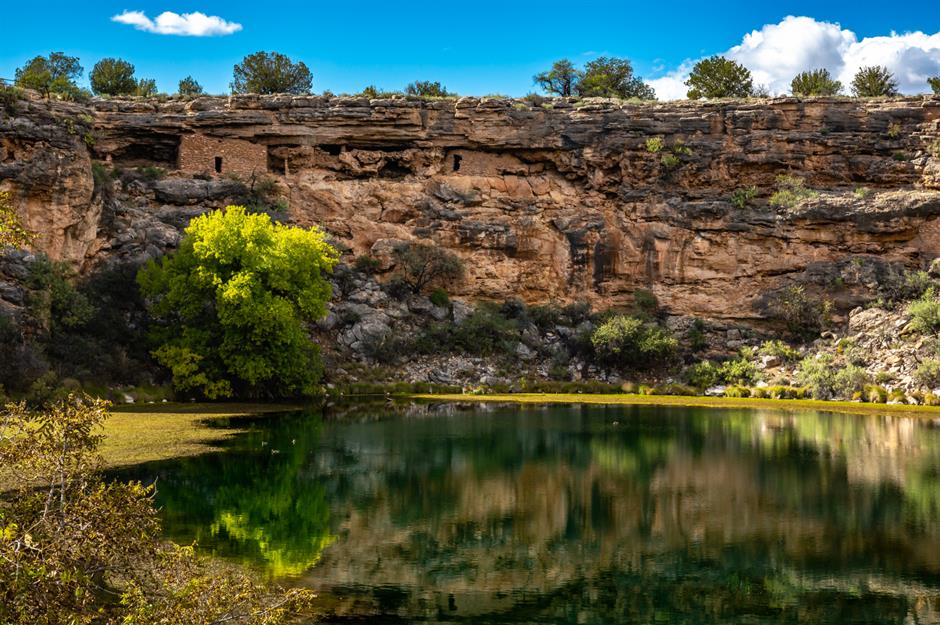
It was among the first four sites given the designation ‘National Monument’ in 1906, and for decades visitors could access it via a series of cliffside ladders. Now, to prevent further damage, it can only be viewed from the ground. The site includes further dwellings around Montezuma Well (pictured), six miles (10km) from the castle – some of them more than 1,000 years old.
Moundville Archaeological Park, Moundville, Alabama
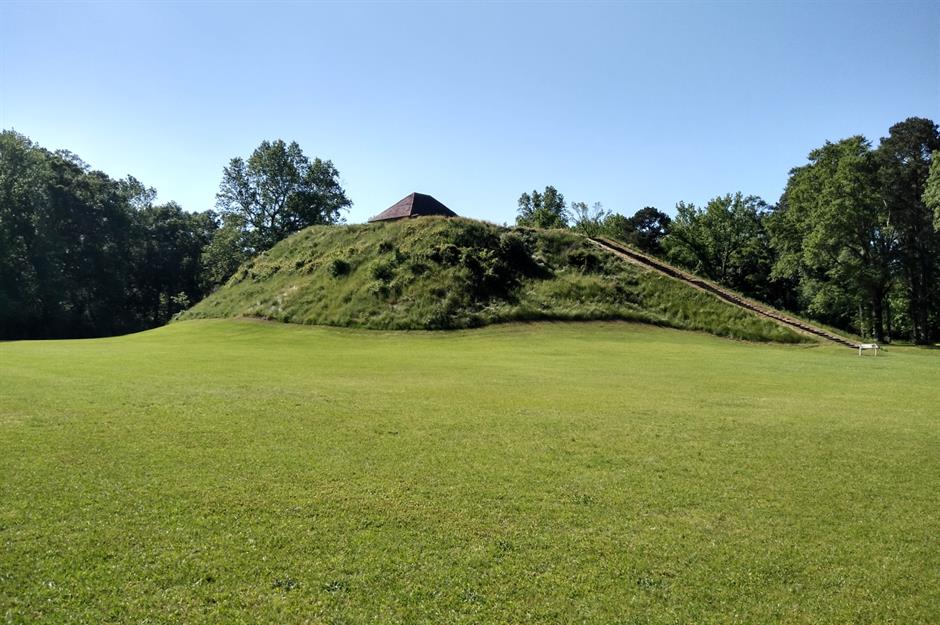
National Geographic once described Moundville as 'the Big Apple of the 14th century'. The 29 flat-topped earthen mounds, crafted by Native Mississippians around 800 years ago, may not quite measure up with the skyscrapers of modern New York City, but they speak of a sophisticated and advanced civilisation.
Moundville Archaeological Park, Moundville, Alabama
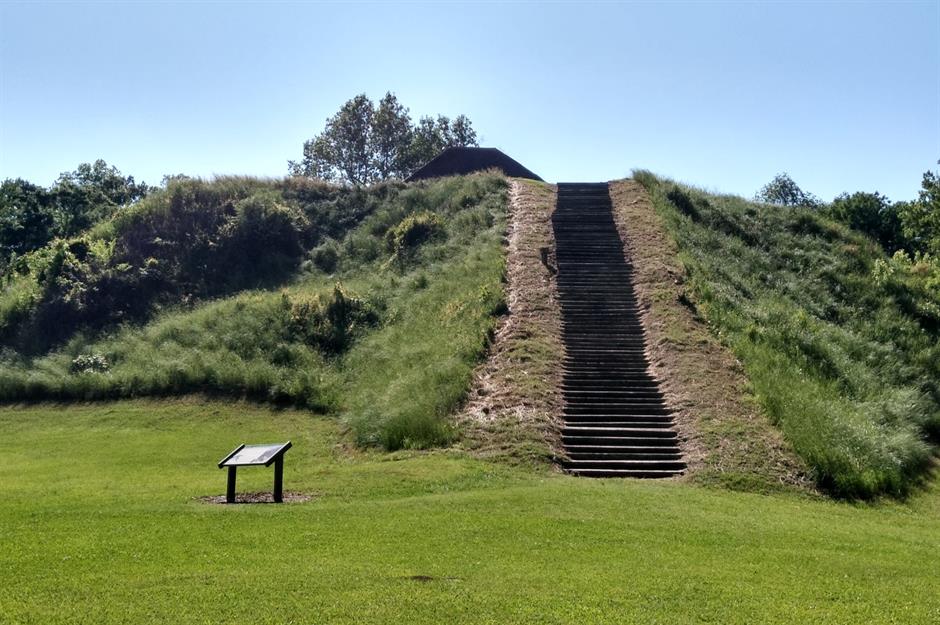
Today the archaeological park, on the Black Warrior River near Tuscaloosa, preserves 326 acres of grounds. Visitors can follow a nature trail that weaves around the mounds, which were once topped with the homes of the local nobility and ceremonial structures. There’s also an annual festival celebrating the site and Native American culture.
Kinishba Ruins, Fort Apache, Arizona
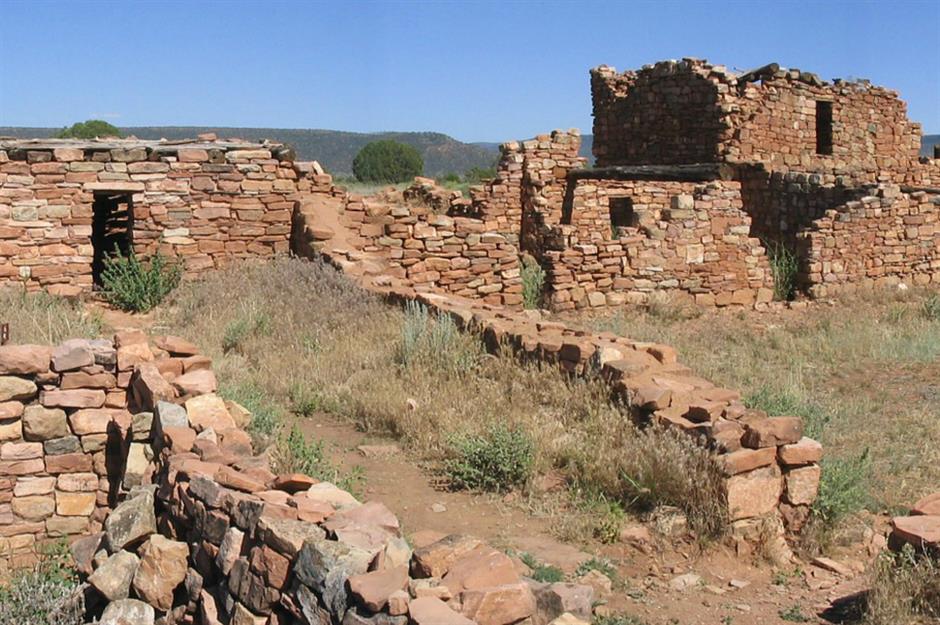
The nine masonry buildings that make up vast Kinishiba once contained up to 500 rooms and housed up to 1,000 occupants. The Pueblo village, constructed by pre-Columbian Mogollon people between AD 1250 and 1350, was abandoned in the late 14th century for unknown reasons. Visitors to the site, which is in a grassy valley on land belonging to the White Mountain Apache Tribe, are required to check in at the Nohwike' Bagowa Museum.
Poverty Point State Historic Site, Pioneer, Louisiana
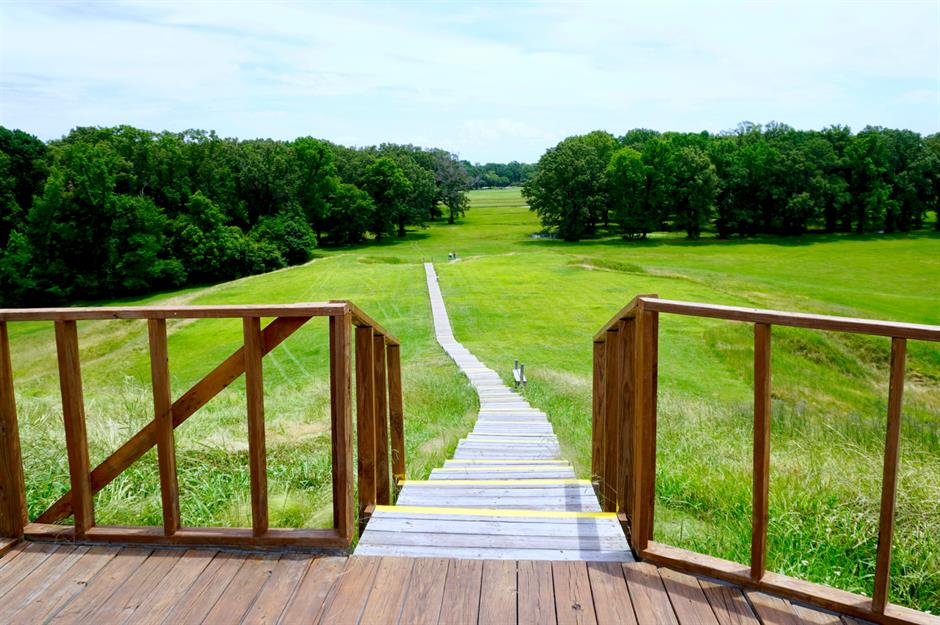
The earthen mounds at Poverty Point dwarf most of their peers in size and also in age. The oldest, Lower Jackson Mound, has been dated to around 3900 BC. The mounds and concentric half-circles were shaped by hand, without domestic animals and several centuries before the invention of the wheel.
Poverty Point State Historic Site, Pioneer, Louisiana
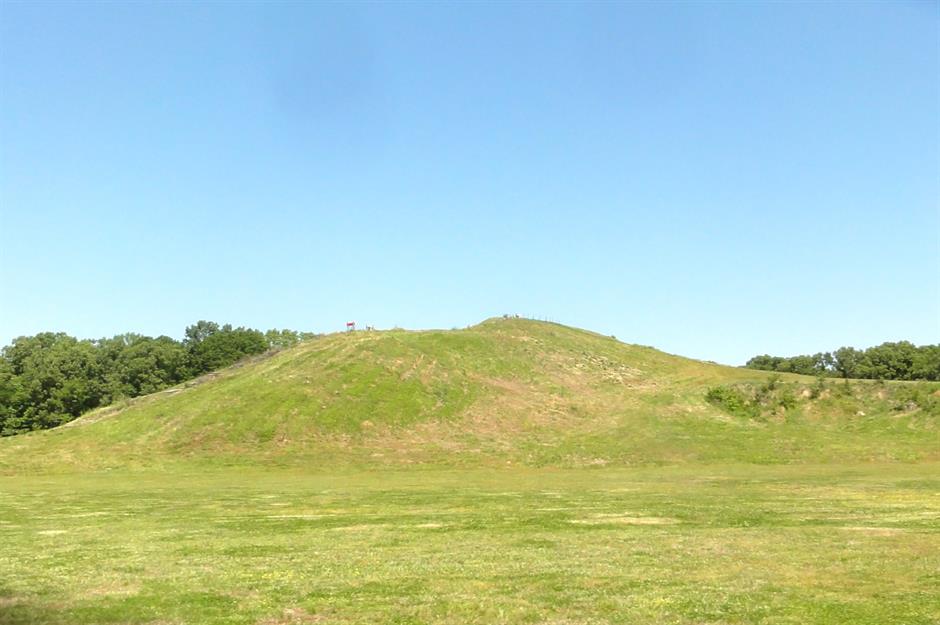
What isn’t yet known is the purpose of the site, though ongoing archaeological studies suggest it may have been both a residential space and a centre of trade. Adding to the mystery, Poverty Point was abandoned sometime around 1100 BC before another group moved in around AD 700 – contributing yet another mound to the landscape.
Bighorn Medicine Wheel, Lovell, Wyoming
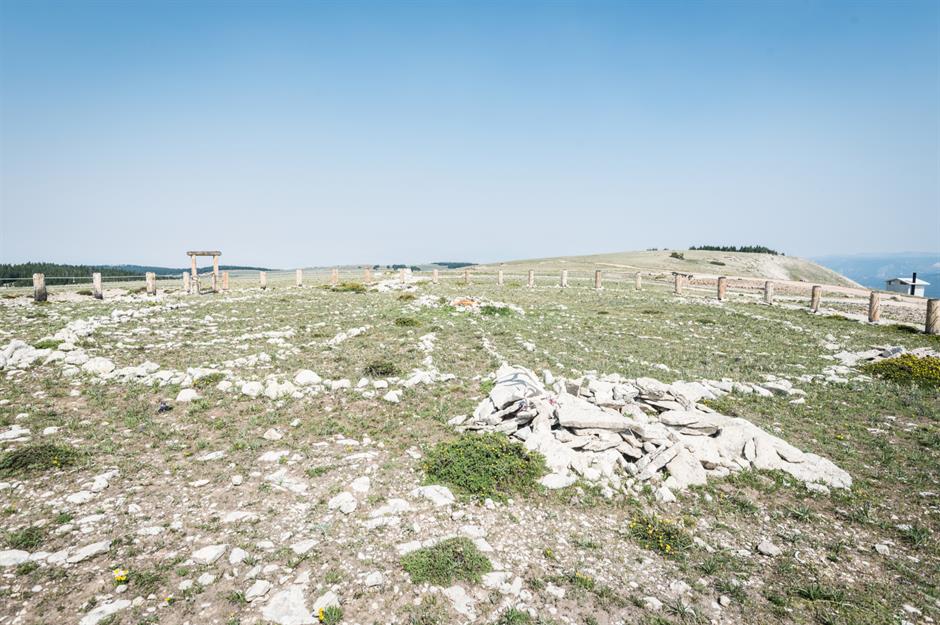
Stone circles are so often shrouded in mystery. Bighorn Medicine Wheel, in northern Wyoming’s Bighorn National Forest, goes one further and is shrouded in snow through the winter months. In summer, the snow melts away to reveal limestone rocks scattered in a wheel shape, with spokes encased in a large circle.
Bighorn Medicine Wheel, Lovell, Wyoming
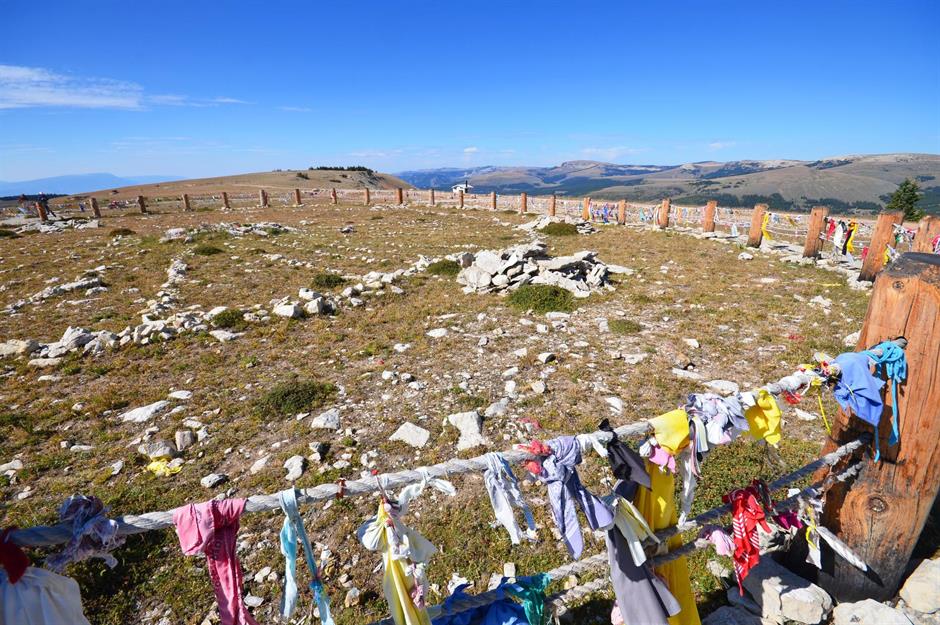
Experts have dated the mountaintop site to at least as far back as AD 1300, and it forms part of a chain of Native American archaeological sites up to 7,000 years old. It’s thought that the pattern was used to predict astronomical events such as the summer solstice, though the truth remains something of an enigma. The wheel is protected by a fence, onto which dreamcatchers and prayer cloths have been tied.
Hopewell Culture National Historical Park, Chillicothe, Ohio
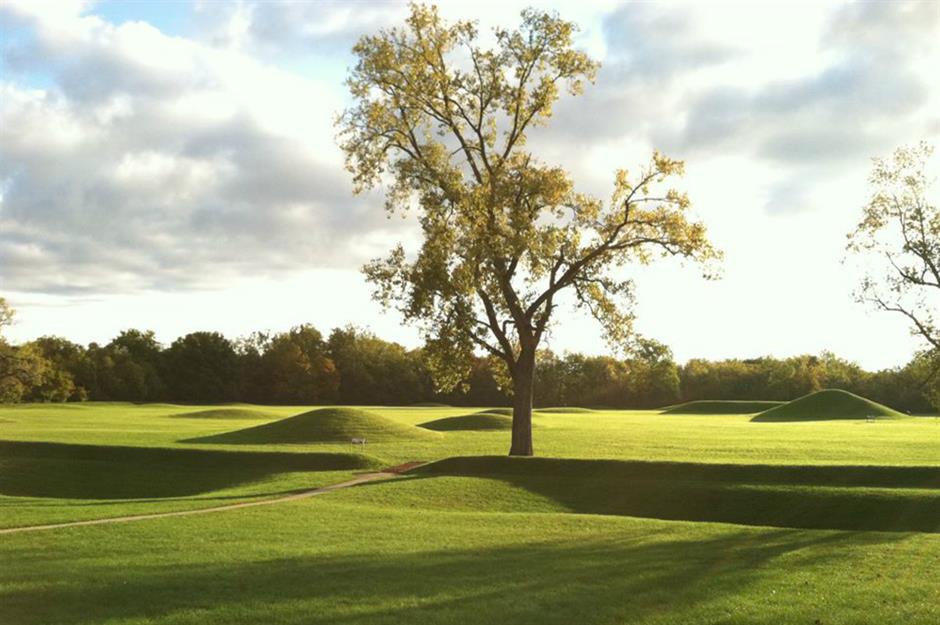
Hopewellian people – made up of various Native American groups – gathered around the grassy mounds and enclosures of this National Historical Park for ceremonies ranging from feasts to funerals. The mounds, built around 2,000 years ago and containing structures up to 1,000 feet (300m) wide, are preserved across six separate locations in the park.
Hopewell Culture National Historical Park, Chillicothe, Ohio
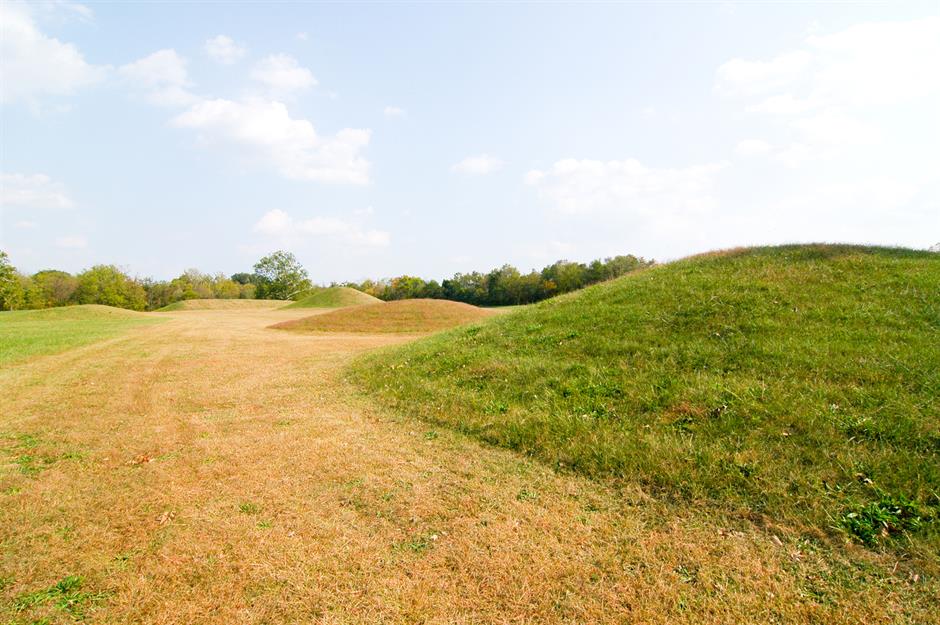
Visitors can follow a self-guided trail around the mounds or, in summer, sign up for a ranger-led tour for a more in-depth look at the archaeology. There’s also a museum, located inside the visitor centre, with artefacts unearthed during an excavation in the 1920s. These include tools used by Hopewell artisans, whose broad network from the Atlantic coast to the Rocky Mountains allowed them to gather a diverse array of materials ranging from copper to sharks' teeth.
Judaculla Rock, Cullowhee, North Carolina
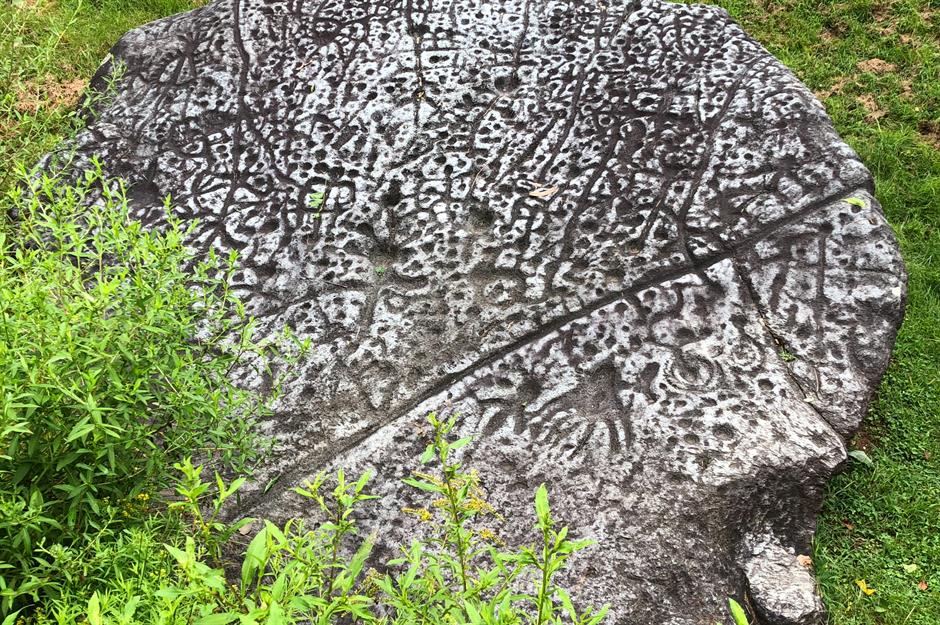
This soapstone boulder was once a sacred site for the Cherokee people, who believed that an ancient giant creature called Judaculla landed here when jumping from one mountain to another. Carvings of stick figures, claw marks and winged shapes are etched into the rock, which archaeologists have dated to between 2000 and 200 BC.
Bandelier National Monument, Los Alamos, New Mexico
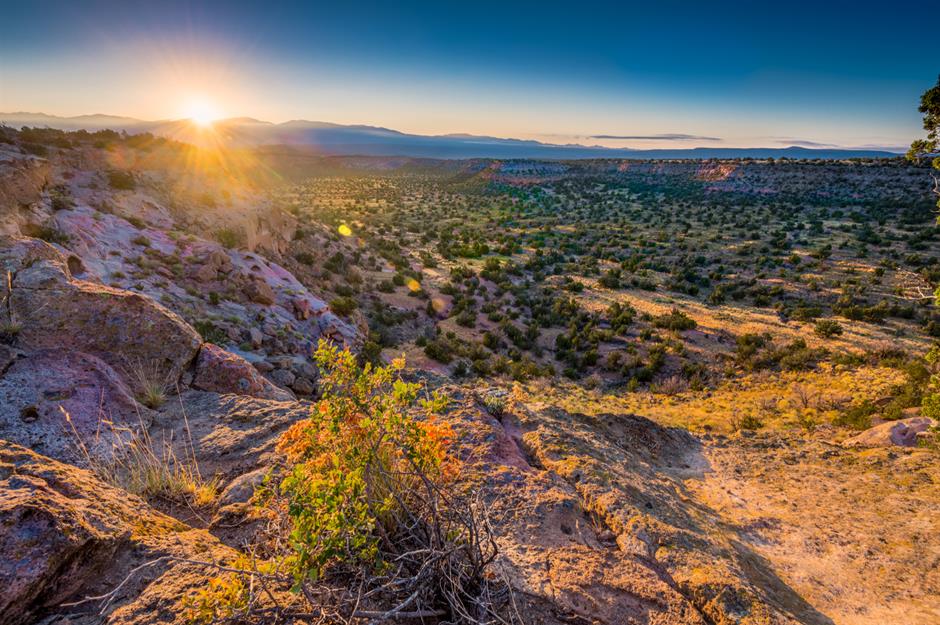
There’s evidence that humans inhabited this rugged land of canyons and cliffs more than 11,000 years ago, though the striking structures of Bandelier National Monument were built by Ancestral Puebloans around AD 1150. The Los Alamos site is home to the remnants of stone walls, petroglyphs and buildings that have been expertly carved into sheer rock faces.
Bandelier National Monument, Los Alamos, New Mexico
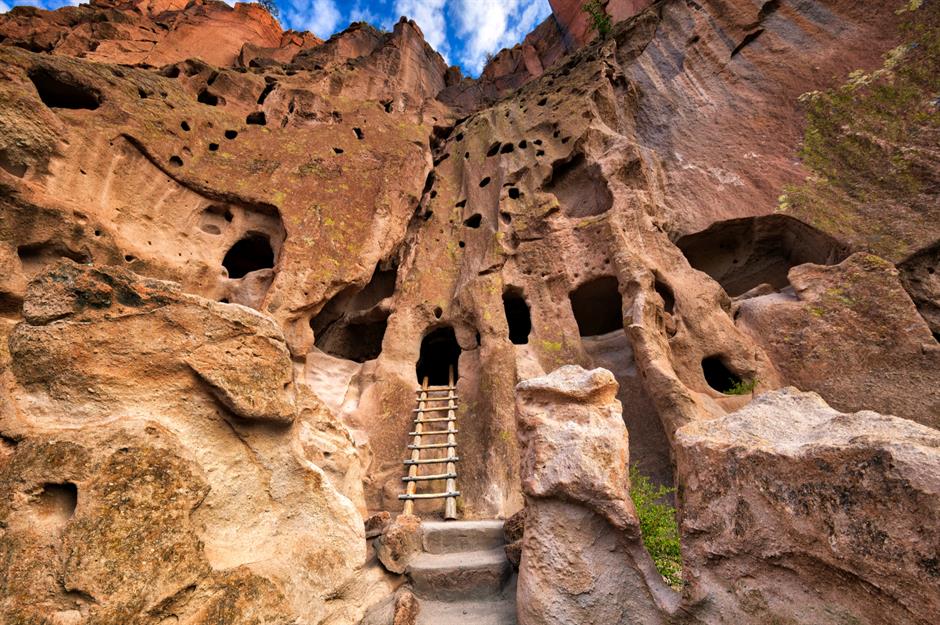
A network of ladders and stone steps provides access to Alcove House, a vertiginous clifftop site that was once home to around two-dozen Ancestral Puebloans. The park has an extensive network of hiking trails that weave through the forest and connect different villages, plus a visitor centre with exhibits of pottery and tools used by the inhabitants.
Mounds A and B, Baton Rouge, Louisiana
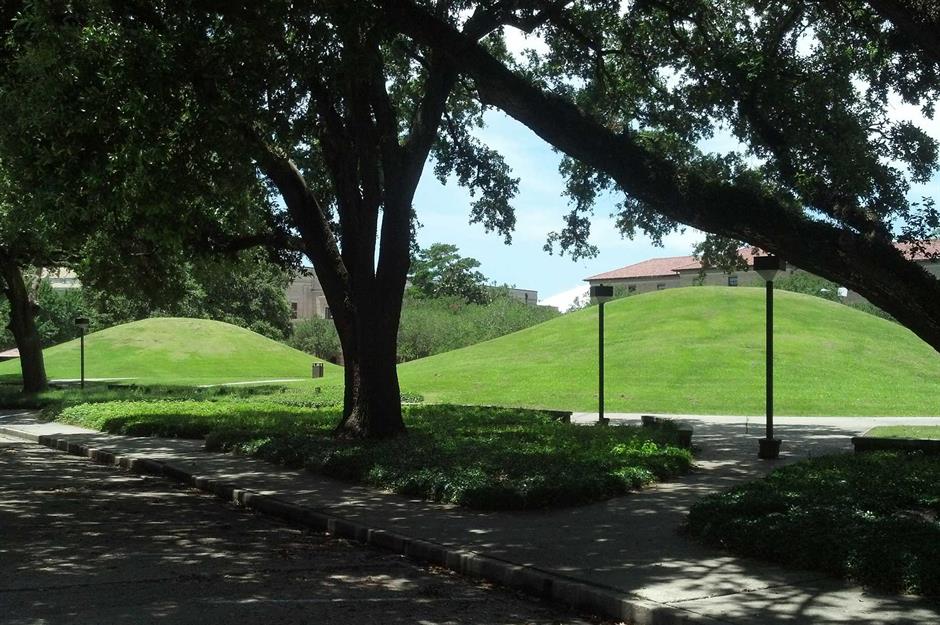
They might not be much to look at, but beneath these two mounds lie remnants of what might be the oldest known man-made structure in North America. In 2022 radiocarbon analysis revealed that Mound B was originally constructed more than 11,000 years ago, and was rebuilt around the same time Mound A was completed roughly 6,000 years ago. Sediment core samples suggest that the site was ceremonial, and the two star-aligned mounds are listed on the National Register of Historic Places.
Meadowcroft Rock Shelter, Avella, Pennsylvania
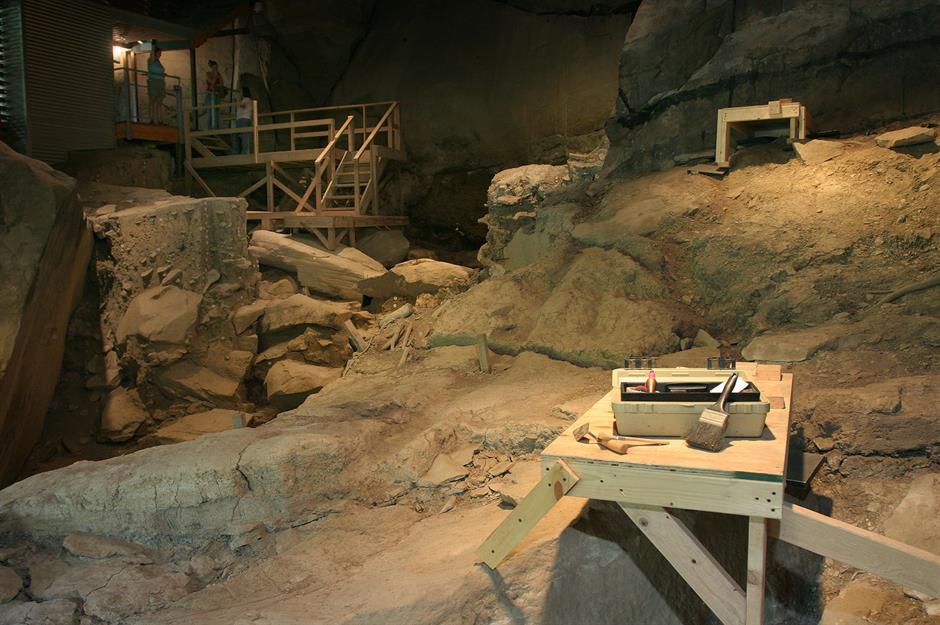
People have been living on and off at Meadowcroft Rock Shelter for up to 19,000 years, placing it firmly among the oldest sites of human habitation in the Americas. The site was well-ventilated, spacious, high enough to be safe from flooding and set on the shores of Cross Creek, leading one excavating archaeologist to describe it as "a late-Pleistocene Holiday Inn". Today, the National Historic Landmark comes complete with tours and multiple interpretive villages.
Read on to discover more amazing places to explore the world's ancient civilisations
Comments
Do you want to comment on this article? You need to be signed in for this feature